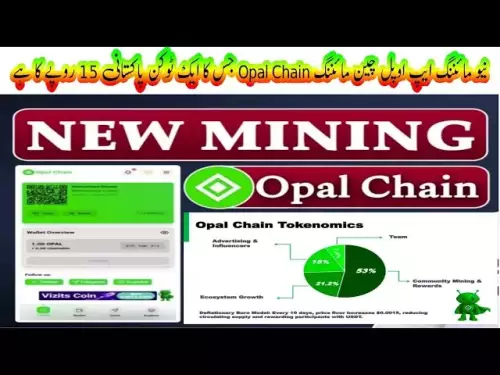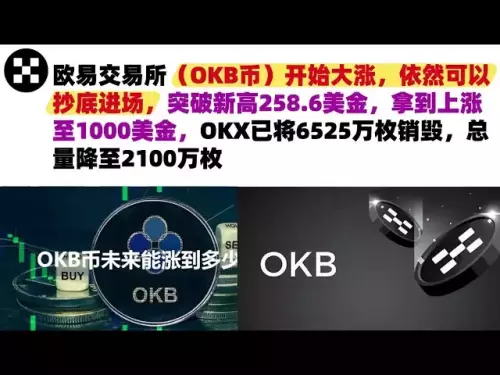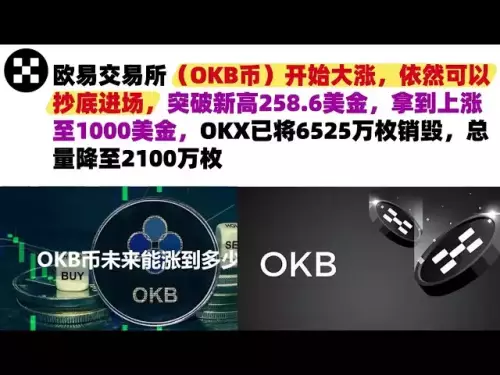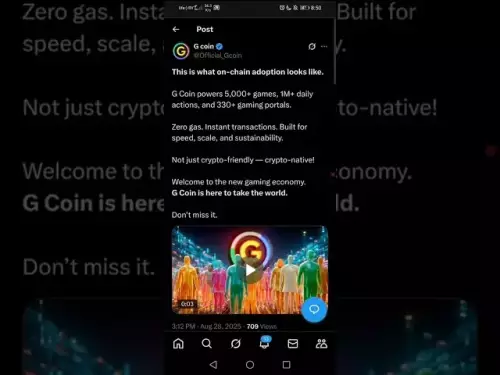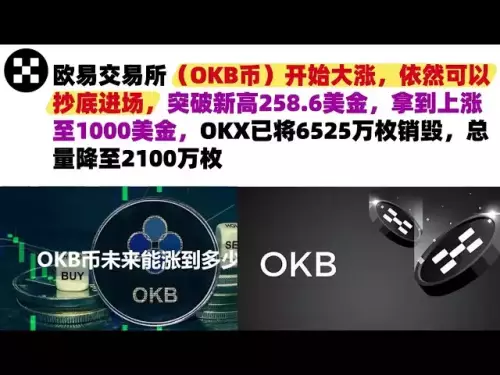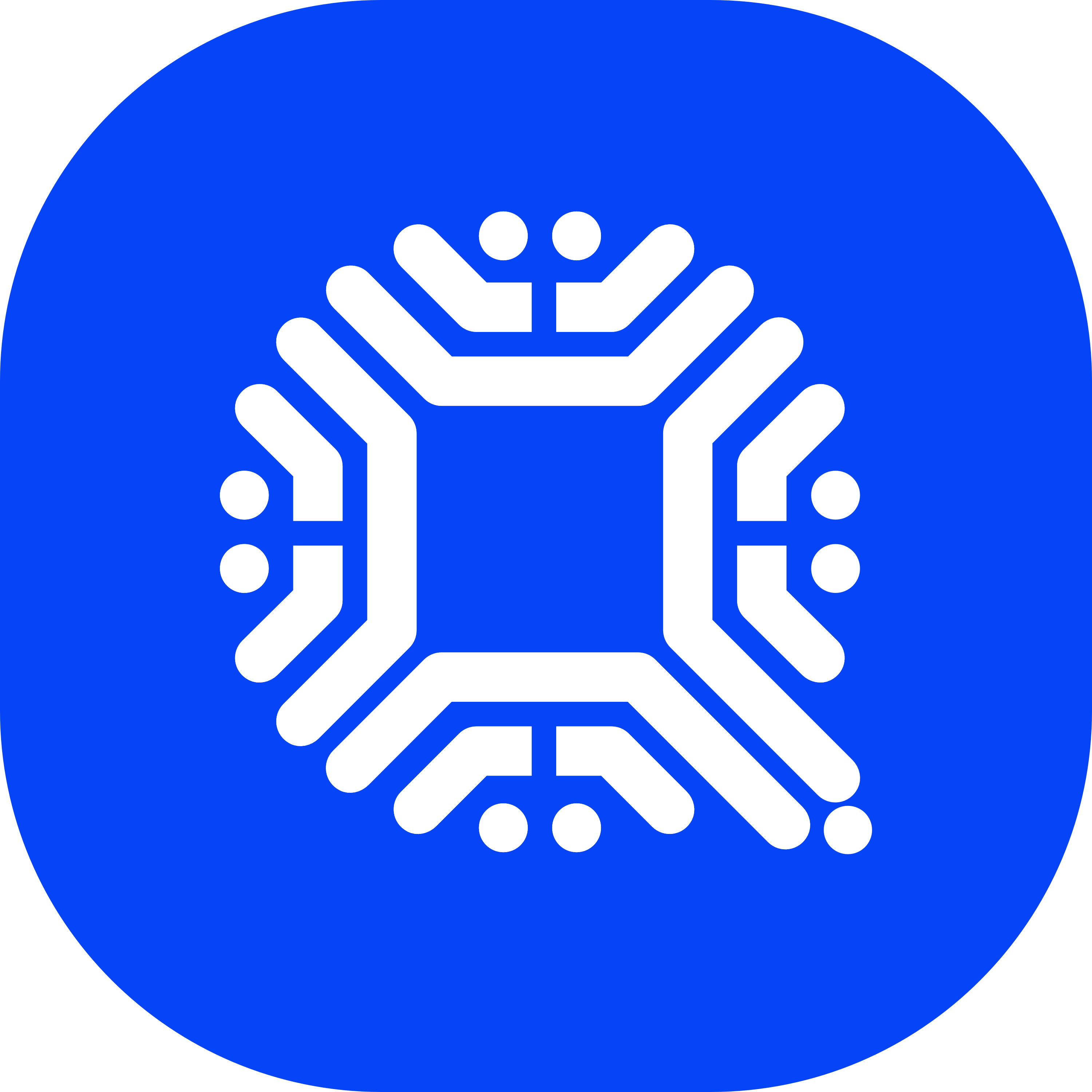-
 Bitcoin
Bitcoin $108600
-1.27% -
 Ethereum
Ethereum $4389
1.04% -
 Tether USDt
Tether USDt $1.000
0.00% -
 XRP
XRP $2.810
-2.20% -
 BNB
BNB $860.0
0.66% -
 Solana
Solana $202.7
-2.22% -
 USDC
USDC $0.9998
0.00% -
 Dogecoin
Dogecoin $0.2157
0.50% -
 TRON
TRON $0.3404
0.44% -
 Cardano
Cardano $0.8272
0.53% -
 Chainlink
Chainlink $23.37
-0.08% -
 Hyperliquid
Hyperliquid $43.59
-1.49% -
 Ethena USDe
Ethena USDe $1.001
0.01% -
 Sui
Sui $3.323
0.68% -
 Stellar
Stellar $0.3577
-1.52% -
 Bitcoin Cash
Bitcoin Cash $535.0
0.12% -
 Cronos
Cronos $0.3095
1.01% -
 Avalanche
Avalanche $23.73
0.07% -
 Hedera
Hedera $0.2260
-1.05% -
 UNUS SED LEO
UNUS SED LEO $9.504
-1.00% -
 Litecoin
Litecoin $110.5
0.54% -
 Toncoin
Toncoin $3.083
0.60% -
 Shiba Inu
Shiba Inu $0.00001240
1.66% -
 Uniswap
Uniswap $9.765
1.98% -
 Polkadot
Polkadot $3.796
-0.62% -
 Dai
Dai $0.9999
-0.01% -
 Bitget Token
Bitget Token $4.539
-0.62% -
 Monero
Monero $267.7
1.55% -
 Aave
Aave $317.5
2.35% -
 Ethena
Ethena $0.6705
3.94%
What is a burning mechanism for tokens?
Token burning permanently removes tokens from circulation via a burn address, reducing supply to potentially increase scarcity and value.
Aug 30, 2025 at 11:54 am
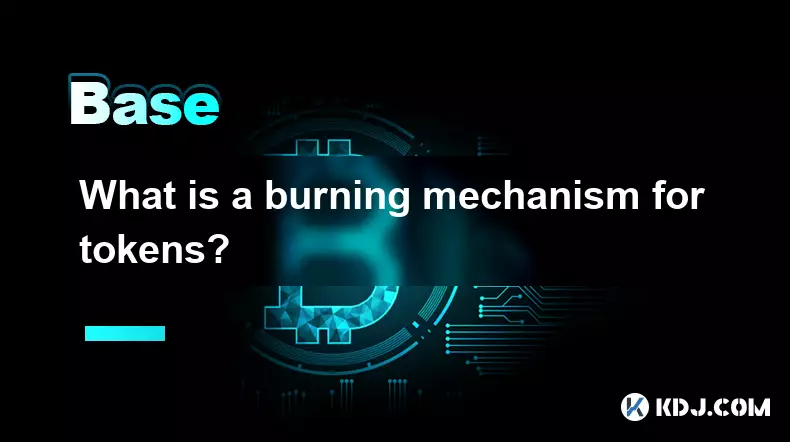
Understanding Token Burning in Cryptocurrency
Token burning refers to the process of permanently removing a certain number of tokens from circulation. This is achieved by sending those tokens to a public blockchain address that cannot be accessed—commonly referred to as a 'burn address' or 'eater address.' Once sent, the tokens are effectively lost forever, reducing the total supply. This mechanism is often used by blockchain projects to influence the token's value, manage inflation, or align with long-term economic models.
Purpose and Benefits of Token Burning
1. Reducing supply can increase scarcity, which may positively impact the token’s market price if demand remains steady or grows.
- Projects use burning to signal commitment to investors, showing that they are actively managing tokenomics.
- Some protocols implement automatic burning mechanisms where transaction fees or a portion of revenue is used to burn tokens regularly.
- Burning can offset inflation in networks that issue new tokens as block rewards, helping stabilize or even decrease net supply over time.
- It can be part of a deflationary strategy, especially in ecosystems where value accrual is tied to reduced supply.
Examples of Token Burning in Practice
1. Binance periodically burns BNB tokens using a portion of its profits, reducing the total supply and reinforcing scarcity.
- Ethereum introduced EIP-1559, which burns a portion of transaction fees instead of giving them all to miners, creating a deflationary pressure during high network usage.
- Ripple has burned over 10 billion XRP tokens in the past to adjust supply and restore market confidence.
- Many new decentralized finance (DeFi) platforms include automatic burn functions in their smart contracts, triggered by specific user actions or milestones.
- Some NFT projects burn tokens as part of redemption mechanics, allowing users to exchange NFTs for utility tokens that are then destroyed.
How Token Burning Affects Market Dynamics
1. Sudden or large-scale burns can trigger short-term price spikes due to perceived scarcity.
- Transparent and predictable burn schedules help build trust among traders and long-term holders.
- Markets often react positively when burns are tied to revenue or usage metrics, indicating a healthy, active ecosystem.
- Excessive or unexplained burning can raise suspicions about manipulation or lack of transparency.
- Burn events are frequently announced in advance, allowing the market to anticipate and adjust pricing accordingly.
Frequently Asked Questions
How do I verify that tokens have been burned?Blockchain transactions are public. You can check the burn transaction on a block explorer by looking at the specified burn address. The tokens will be visible as sent but remain unspendable because the private key for that address does not exist.
Does burning tokens always increase their price?Not necessarily. While reduced supply can contribute to price appreciation, market sentiment, utility, adoption, and broader economic factors also play crucial roles. A burn without fundamental value behind the project may have little lasting effect.
Can burned tokens ever be recovered?No. Burned tokens are irretrievable. The burn address is designed so that no one can access or spend the tokens sent there. This immutability is a core feature of the mechanism.
Are there different methods of burning tokens?Yes. Some burns are manual and conducted by project teams, while others are automated through smart contracts. Methods include fee burning, buyback-and-burn programs, and protocol-level destruction based on usage metrics.
Disclaimer:info@kdj.com
The information provided is not trading advice. kdj.com does not assume any responsibility for any investments made based on the information provided in this article. Cryptocurrencies are highly volatile and it is highly recommended that you invest with caution after thorough research!
If you believe that the content used on this website infringes your copyright, please contact us immediately (info@kdj.com) and we will delete it promptly.
- AAVE Price Prediction: Will It Breakout to $400 by September 2025?
- 2025-08-30 19:25:13
- Bitcoin, Ethereum, XRP Price Check: What's the Deal?
- 2025-08-30 19:05:16
- AI Coins in 2025: Riding the $LYNO Wave in the Cryptocurrency World
- 2025-08-30 19:45:13
- BlockchainFX, MAGACOIN FINANCE, Crypto Presale: The 2025 Hot List
- 2025-08-30 19:50:12
- DeFi's Golden Age: How Polygon's USDT/XAU Integration Ushers in a New Era
- 2025-08-30 17:05:12
- Plasma, EtherFi, and Stablecoin Yields: A New Era of DeFi?
- 2025-08-30 16:45:21
Related knowledge
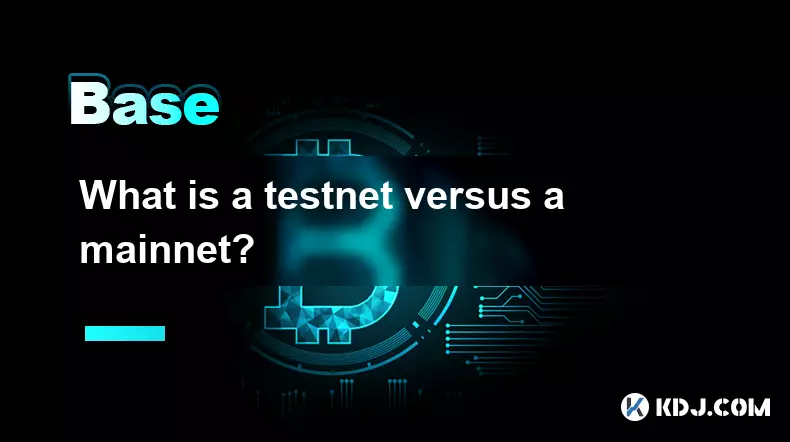
What is a testnet versus a mainnet?
Aug 30,2025 at 06:54pm
Understanding the Role of Testnets in Blockchain Development1. A testnet serves as a parallel blockchain environment designed specifically for develop...
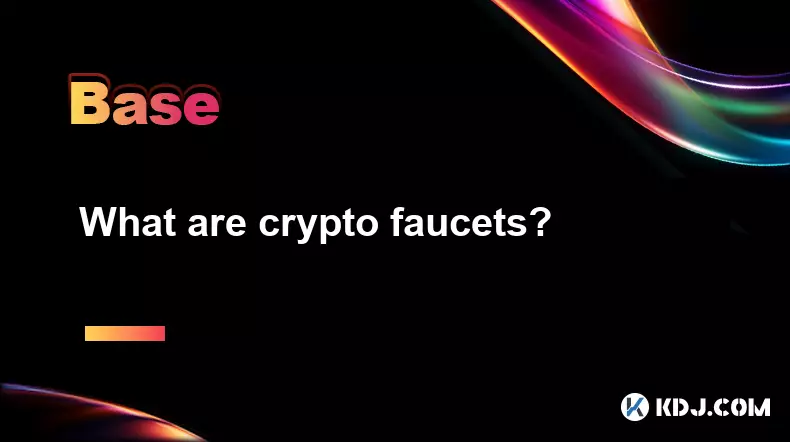
What are crypto faucets?
Aug 30,2025 at 08:10am
Understanding Crypto Faucets1. Crypto faucets are online platforms that distribute small amounts of cryptocurrency to users for completing simple task...

What are privacy coins?
Aug 30,2025 at 06:18am
Understanding Privacy Coins in the Cryptocurrency Ecosystem1. Privacy coins are a category of cryptocurrencies specifically designed to enhance transa...
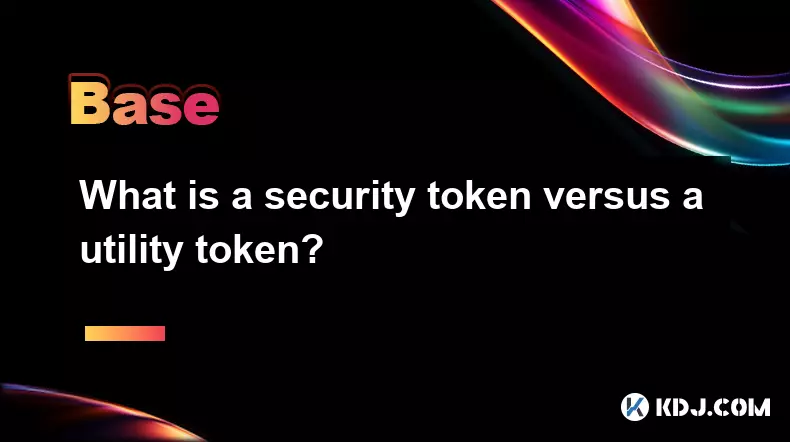
What is a security token versus a utility token?
Aug 30,2025 at 03:00pm
Understanding Security Tokens1. Security tokens represent ownership in an external asset or enterprise, often resembling traditional financial instrum...
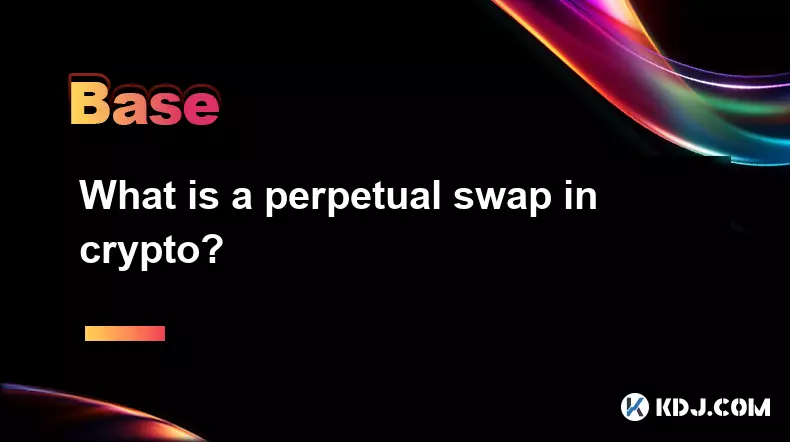
What is a perpetual swap in crypto?
Aug 30,2025 at 12:55am
Understanding Perpetual Swaps in the Cryptocurrency Market1. A perpetual swap is a type of derivative contract that allows traders to speculate on the...
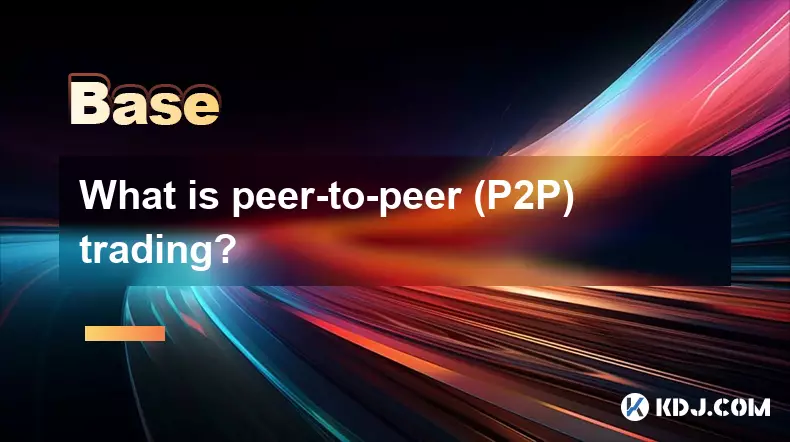
What is peer-to-peer (P2P) trading?
Aug 29,2025 at 11:00pm
Understanding Peer-to-Peer (P2P) Trading in the Cryptocurrency Ecosystem1. Peer-to-peer (P2P) trading refers to the direct exchange of digital assets ...

What is a testnet versus a mainnet?
Aug 30,2025 at 06:54pm
Understanding the Role of Testnets in Blockchain Development1. A testnet serves as a parallel blockchain environment designed specifically for develop...

What are crypto faucets?
Aug 30,2025 at 08:10am
Understanding Crypto Faucets1. Crypto faucets are online platforms that distribute small amounts of cryptocurrency to users for completing simple task...

What are privacy coins?
Aug 30,2025 at 06:18am
Understanding Privacy Coins in the Cryptocurrency Ecosystem1. Privacy coins are a category of cryptocurrencies specifically designed to enhance transa...

What is a security token versus a utility token?
Aug 30,2025 at 03:00pm
Understanding Security Tokens1. Security tokens represent ownership in an external asset or enterprise, often resembling traditional financial instrum...

What is a perpetual swap in crypto?
Aug 30,2025 at 12:55am
Understanding Perpetual Swaps in the Cryptocurrency Market1. A perpetual swap is a type of derivative contract that allows traders to speculate on the...

What is peer-to-peer (P2P) trading?
Aug 29,2025 at 11:00pm
Understanding Peer-to-Peer (P2P) Trading in the Cryptocurrency Ecosystem1. Peer-to-peer (P2P) trading refers to the direct exchange of digital assets ...
See all articles





















